Overactive Bladder
Written by Steph Guy (Physiotherapist, Special Interest Women’s Health)
What is Overactive Bladder Syndrome?
· OAB Syndrome is a bladder storage issue, characterised by urinary urgency with or without urinary incontinence, combined with increased day time frequency and nocturia (night time urination)
· The key symptom of OAB is feeling urgency (for fear of leaking), that you are unable to defer going to the toilet
What causes OAB?
· OAB Syndrome is multifaceted, meaning that it is complex and there are many things that can contribute to someone experiencing OAB.
· Certain medical conditions like diabetes, neurological conditions, bladder conditions, lifestyle factors, nervous system dysfunction, gastrointestinal and hormonal deficiencies are thought to contribute to OAB Syndrome.
For some people they are born with greater numbers of receptors in their bladder wall, causing them to feel more sensation in response to the bladder filling with urine.
What is the difference between URGENCY in OAB Syndrome and the normal urge to urinate?
· Healthy bladder:
o holds roughly 1.5-2 cups (300 - 450mls) of urine
o goes between 4-6 times a day, once at night
o able to defer the need to urinate, or hold on a bit longer
o senses a gradual increase in the desire or need to go to the toilet
· Overactive bladder / urgency:
o sudden urge and need to go to the toilet that you are unable to delay, no warning
o may feel the urge when your bladder is not full, or you have recently been to the toilet, but desperately need to go again
o strong fear associated with leaking, sense of panic
o no warning or gradual increase in the need to urinate
o urinary tract infection has been ruled out
How can a Women’s Health Physiotherapist help me?
Women’s Health and pelvic health physiotherapists complete extra training in OAB Syndrome and can support you to help you manage better.
· Bladder diary tracking
o Your Physiotherapist may ask you to complete a bladder diary for 2-3 days, this will assist them in narrowing down the potential contributing factors to the symptoms you are experiencing and enable them to treat you more effectively.
· Bladder training
o We can guide you to gradually increase your timing between toilet trips.
o Implement strategies to help reduce the feeling of urgency
· Education and lifestyle factors
o Discuss triggers such as certain fluids and toilet habits that can contribute to urgency
o Education of the anatomy and physiology of urination
· Pelvic floor muscle training
o Coordination, strengthening or relaxation of the pelvic floor muscles can help with bladder control
· Neuromodulation
o If the above treatment options have not helped, there is the potential to trial posterior tibial nerve stimulation (PTNS). This is a low cost, and minimally invasive treatment option.
o Neuromodulation works by stimulating the nerves of the pelvic floor via the tibial and sacral nerves which can affect the bladder function
o Both have been shown to be safe and effective at managing symptoms of OAB Syndrome.
· Medical management
o If first line therapy (physiotherapy) does not resolve symptoms further medical investigations such as urodynamic studies, cystoscopy, and treatment such as medications and botox injections into the bladder may be recommended.
Overactive Bladder Syndrome can be a stressful and debilitating condition. Professional assessment and treatment can be extremely effective in helping you manage the condition better and significantly improve your quality of life. If you are struggling with any of the above symptoms or know someone that does we can help you, make an appointment online via this link




